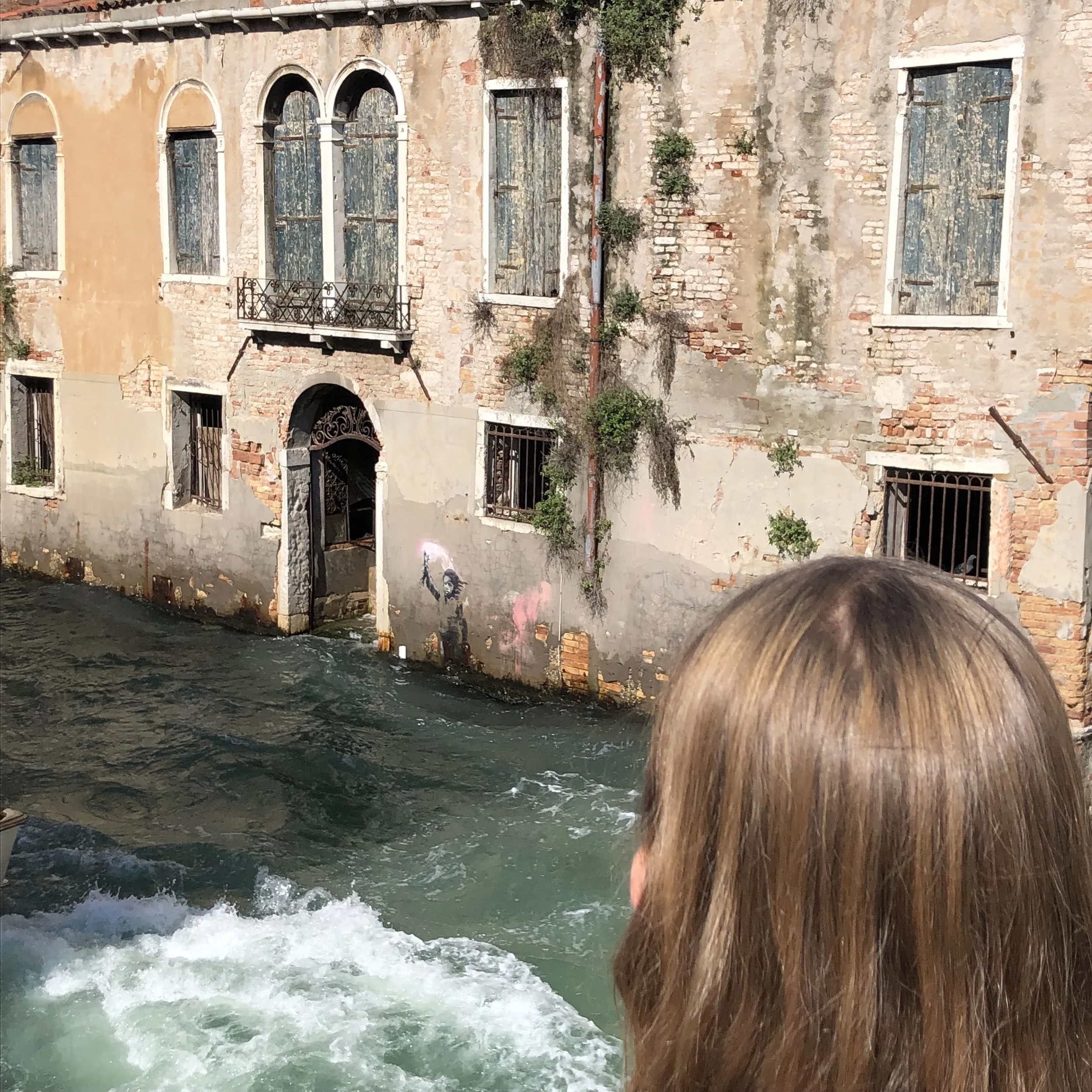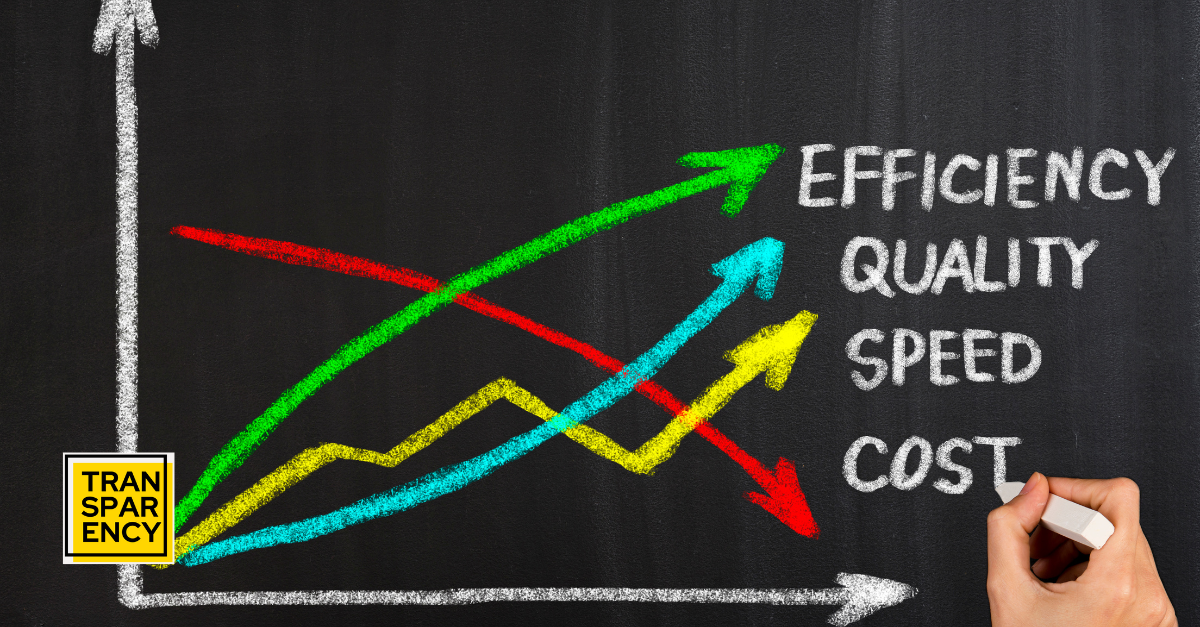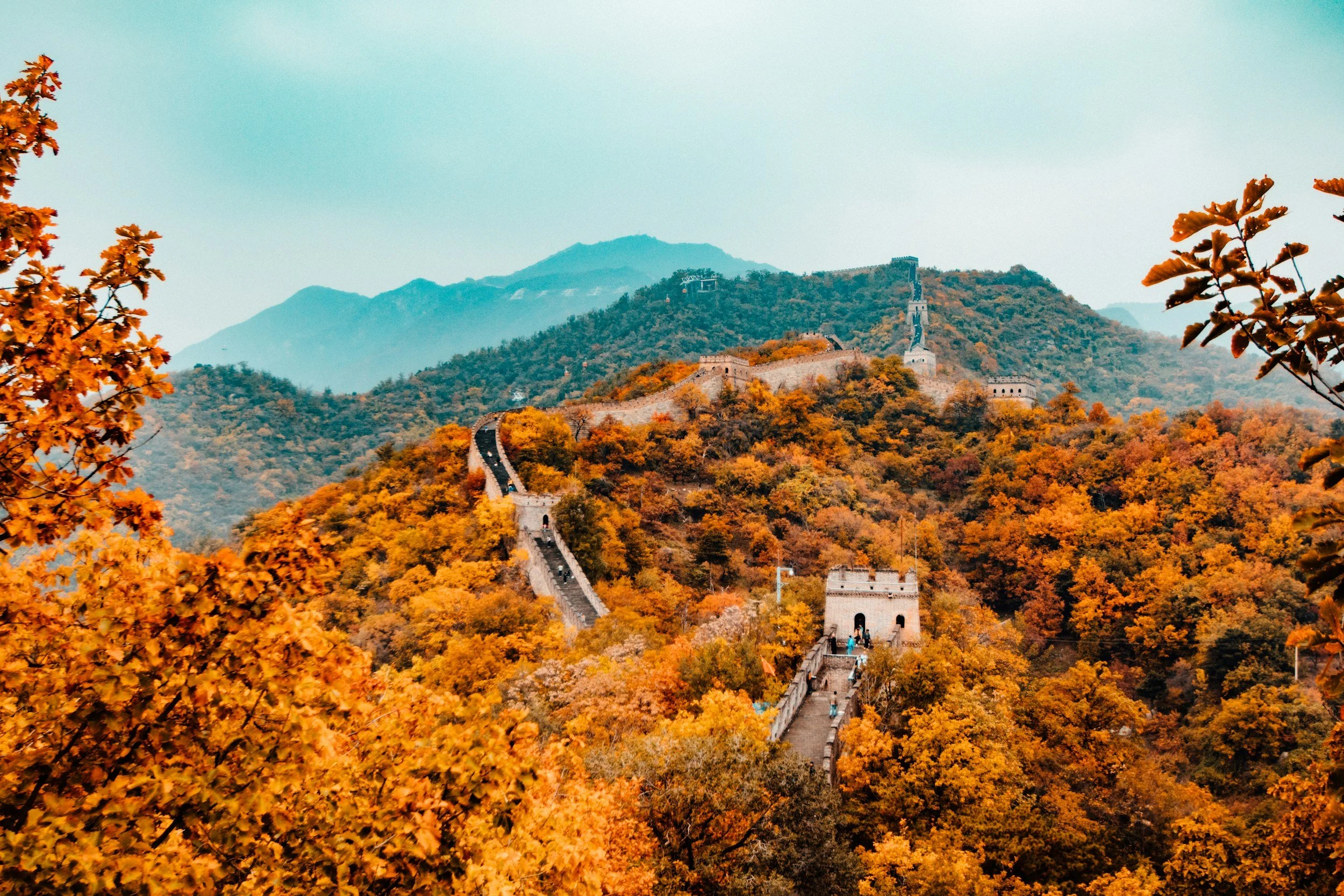Browse All Articles












The subsidity Illusion
The Subsidy Illusion
Governments are shifting gears. Not only the Trump administration. It is happeing everywhere. The sustainability goals they set yesterday are being rewritten today. Policies that once promised a low-emission future are being softened, delayed, or abandoned. And here’s the problem: almost every climate-friendly initiative out there depends on subsidies to survive.
The entire ecosystem of low-emission projects, renewable energy, sustainable fuels, carbon capture, green infrastructure, they are not economically self-sustaining yet. They won’t be for years. If governments pull back now, those projects don’t just slow down. They collapse.
Look at Sustainable Aviation Fuel (SAF) in the EU. Airlines are required to use at least 2%, but now they complain that fuel suppliers have too much power. Market competition isn’t working, they say. But here’s the irony: air transport itself exists because of subsidies. Every year, airlines impose €210 billion in climate damages, while a €25 per tonne surcharge on SAF is framed as an unbearable burden.
If even aviation, a trillion-dollar industry, can't make its climate transition work without government support, what about the startups building new solutions? The alternative fuels, the carbon-negative materials, the electric grids built for net-zero cities? None of them can survive in a world where sustainability is treated as optional.
This is the breaking point. Either we acknowledge that a low-emission economy requires continuous public investment, or we let short-term politics erase decades of progress.
Subsidies aren’t a sign of failure. They’re a bridge to the future. Pull them now, and the bridge collapses before we ever reach the other side.

Who owns the sky?
Who owns the sky?
No one. Everyone.
International aviation burns through the carbon budget, yet no one takes responsibility. Its emissions slip through the cracks of the Paris Agreement, left to ICAO, an organization with no real power to cut them. The result? Half-measures like CORSIA, a system built on the illusion that we can keep growing, as long as we offset a little.
But if no one owns the problem, who will solve it?
The EU has taken the first step: counting emissions from the first outbound flight. It’s simple. Logical. Something everyone could do.
The question isn’t who owns the sky. The question is who takes responsibility for it.

Jevons’ Paradox: Why More Efficiency Won’t Save Us
Jevons’ Paradox: Why More Efficiency Won’t Save Us
The logic seems airtight: make something more efficient, and we’ll use less of it. Less energy per mile, less fuel per flight, less data per query. But history says otherwise.
Jevons’ Paradox tells us that when a resource becomes more efficient to use, total consumption often skyrockets instead of shrinking. The 19th-century coal engines burned fuel more efficiently, and coal use exploded. Cars became fuel-efficient, so we drove more. AI models now run on fewer watts per query, yet demand for AI is surging.
And here’s the kicker: the same applies to energy in travel. Make aviation biofuel 10% more efficient, and what happens? Flights become cheaper, demand rises, and more people travel. Hotels get better at optimizing electricity use, and instead of reducing consumption, they add more tech-powered luxury. AI promises streamlined logistics and sustainable travel planning, but if it makes travel easier and more accessible, do we really travel less?
The paradox isn’t just about energy, it’s about behavior. It’s about the way we respond to abundance. AI will make travel smoother, cheaper, and more personalized. That’s a good thing, right? Sure, but what if it leads to a world where people travel so much that any environmental gains from efficiency are wiped out?
So, the real challenge isn’t just making things more efficient, it’s deciding what we do with that efficiency. Do we take the savings and reinvest them into less impact? Or do we follow the pattern of history, where efficiency just fuels more consumption?
Because if AI makes travel effortless, the real question isn’t whether we can travel more, it’s whether we should.

DeepSeek: An AI Shift That Could Transform Travel?
The AI game just shifted. DeepSeek didn’t just show up, it disrupted. Cutting-edge tech at a fraction of the cost, shaking giants and opening doors for everyone else. Stocks tumbled, markets reeled, and travel companies caught a glimpse of something bigger.
Here’s the twist: cheaper AI doesn’t just mean smaller players can dream, it means the whole game changes. It’s not just about cost, ethics, geopolitics, or resources. It’s about possibility. Will AI become the ultimate travel companion, bypassing middlemen? Or will it redefine how we journey, connect, and explore?
The rules are gone. The winners? As often, those bold enough to embrace what’s coming, instead of clinging to what was.

What is the definition of sustainable tourism. What impact do we have?
Let’s face it, truly sustainable tourism is a myth. Every trip leaves a footprint. But that doesn’t mean we’re powerless.
The goal isn’t perfection; it’s progress. More sustainable tourism means making choices that do less harm and more good. It’s about designing experiences that protect what’s fragile, support what’s local, and create value that lasts longer than the journey itself.
The secret? Simplicity and impact. Travelers don’t need lectures, they need options that are easy, meaningful, and better than the alternative. Make sustainability the path of least resistance, and they’ll follow.
We can’t make tourism perfect, but we can make it better. One step at a time.

NDAs: Why I Don’t Sign Them
Why I Don’t Sign NDAs
Over the years, I’ve helped countless companies, startups, established firms, big ideas, small projects. Every now and then, someone asks me to sign an NDA.
I always say no.
Here’s why:
NDAs signal secrecy, and secrecy raises red flags. If a company feels an overwhelming need for an NDA, it often indicates something isn’t right, paranoia, lack of trust, or even questionable practices.
Common sense and existing rules already cover confidentiality. Professionalism and basic ethics ensure I won’t share sensitive information. I don’t need a piece of paper to remind me of that.
Openness builds stronger companies. The most innovative and forward-thinking businesses don’t fear sharing ideas, they embrace it. Transparency is not a threat; it’s an advantage.
If a company demands secrecy before trust, it’s likely not the kind of company I want to work with. Ideas thrive in the open, and businesses that understand this are the ones best prepared for success.
NDAs? Hell no. Instead focus on building something worth sharing.

The Overused Focus on Surveys and Statistics in Tourism
You’ll never meet a traveler in an Excel sheet. They’re not in the numbers, the percentages, or the pie charts. Real travelers walk among us, making choices that no survey can predict. Yet every year, tourism clings to data proclaiming things like that that people want to travel sustainably.
But here’s the truth: intent isn’t action. Statistics might sound convincing, but they don’t capture the messy, emotional, and often contradictory decisions people actually make.
Stop chasing broad trends and start observing real behavior. Talk to your guests, listen to their stories, and focus on what they do, not just what they say. My best tip: Ask what they did last time they traveled, it will show actual action, they remember it better and are much better help.
Because travelers aren’t hiding in surveys, they’re out there, waiting to be understood.


Traveling Used to Be a Private Getaway. Now Each Step Is Monitored
Travel used to mean freedom. A break. Anonymity. You packed your bag, stepped out the door, and left the world behind. Now? You bring the world with you.
Your phone knows where you’re going before you do. Google tracks your every search. Tripadvisor asks you to review every bite of your meal. Every step, photo, and payment adds to a growing digital profile, your digital profile.
Even in the remotest corners of the planet, you’re never really disconnected. A photo uploaded later, a credit card swipe, a GPS ping, all of it is logged. AI watches, algorithms predict, and data is sold.
Travel hasn’t been private for a long time. It’s a performance, curated and judged by platforms that profit from your every move.
But here’s the paradox: the freedom we travel to find has been replaced by the surveillance we willingly accept. Are we exploring the world, or letting the world explore us?
The real question isn’t where you’re going but what you’re leaving behind. If you want an escape, you might have to unplug first.
Todays article is a long-read and it took a while to write. But, this is important stuff.
